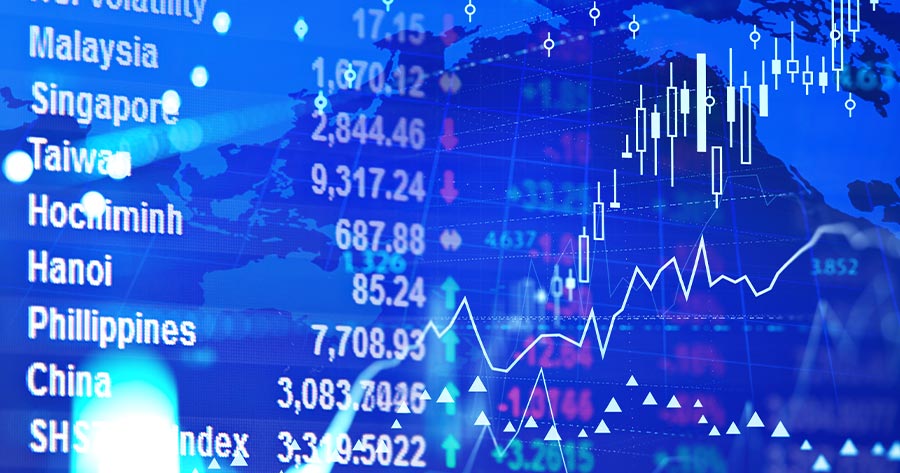On Wednesday morning (27 August, 9:14 AM, GMT+7, Bangkok time), major indices in Asia Pacific increased, with investors evaluating key data from China and developments in India on the implementation of U.S. tariffs.
China’s industrial sector continued to face headwinds in July, with profits declining for a third straight month amid weak demand and sustained deflation at the factory gate. The country’s industrial profits contracted by 1.5% year-on-year in July, moderating from a deeper 4.3% decrease recorded in June. This suggests that government support measures have yet to deliver a notable boost to the profitability of Chinese manufacturers.
In India, exporters are bracing for a steep drop in U.S. demand after trade negotiations failed and new tariffs are set to take effect on Wednesday. The U.S. will raise duties on Indian goods to as much as 50%, one of its highest rates, in response to India’s rising imports of Russian oil.
Japan’s NIKKEI climbed by 0.06% to 42,421.15. South Korea’s KOSPI surged by 0.06% to 3,181.2, and Australia’s ASX 200 rose by 0.21% to 8,954.2.
As for stocks in China, Hong Kong’s HSI grew by 0.18% to 25,572.09. Shenzhen’s SZI added 0.26% to 12,505.86, while Shanghai’s SSEC slid by 0.19% to 3,861.10.
The U.S. stock markets edged up on Tuesday as the Dow Jones Industrial Average (DJIA) advanced by 0.3% to 45,418.07. NASDAQ gained 0.44% to 21,544.27, and S&P 500 expanded by 0.41% to 6,465.94. VIX slumped by 1.15% to 14.62.
As for commodities, oil prices settled lower on Tuesday as traders weighed the impact of U.S. tariff policy, ongoing conflict in Ukraine, and possible interruptions to Russian energy supplies. Brent futures shrank $1.58 or 2.3% to $67.22 a barrel, and the West Texas Intermediate (WTI) contracted $1.55 or 2.4% to $63.25 per barrel.
This morning, Brent futures dipped 5 cents or 0.07% to $67.17 a barrel, and the West Texas Intermediate (WTI) declined 6 cents or 0.09% to $63.19 per barrel.
Meanwhile, gold futures climbed by 0.1% to $3,436.4 per Troy ounce.




